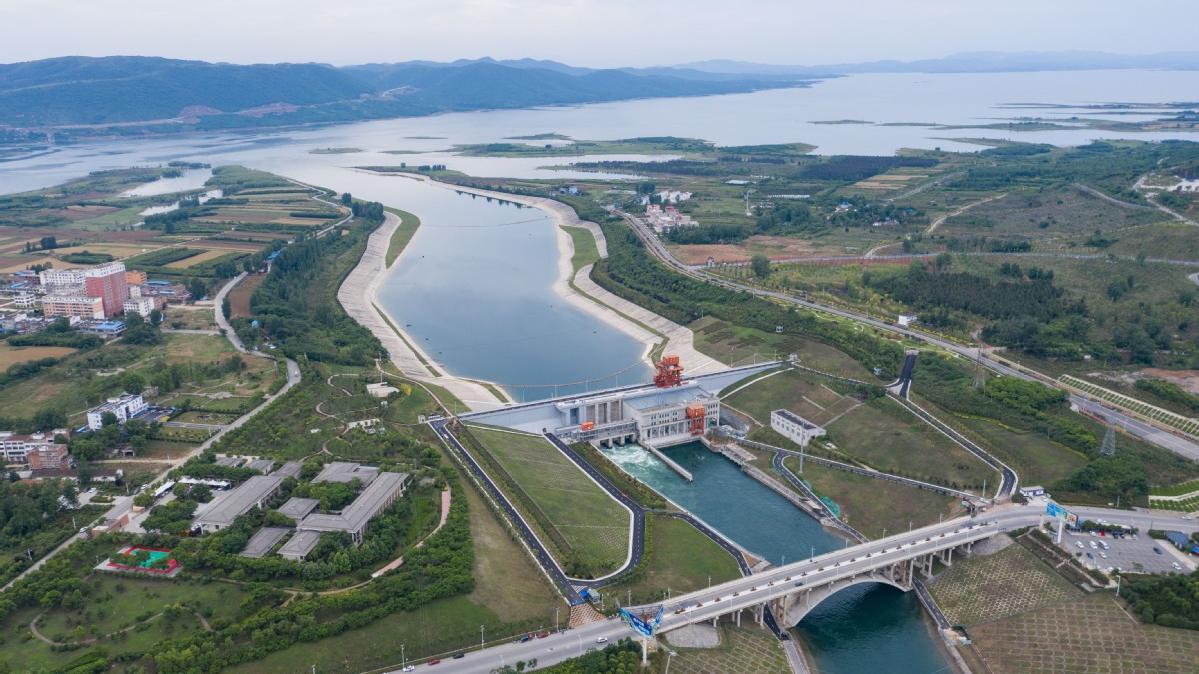Yangtze River provides 70% of urban Beijing's supply, boosts biodiversity

Beijing had received 10 billion cubic meters of water from the middle route of China's massive South-to-North Water Diversion Project by Wednesday, with the project now supplying more than 70 percent of water in the capital's urban area.
The project "has significantly alleviated the water scarcity situation in the capital", the China South-to-North Water Diversion Corporation said in a news release issued on Wednesday.
READ MORE: Government fortifying irrigation
Thanks to the project, per capita water resources in Beijing have reached about 150 cubic meters, compared with less than 100 cubic meters before the project went into operation in December 2014, the release said.
To date, the project has directly benefited more than 16 million people in the capital, it said.
Li Ruyue, a resident of Beijing's Xicheng district who is in her 70s, said there had been significant changes in the quality of water in her home because of the project.
Previously, the tap water had a high alkaline content, and after boiling it left a lot of sediment at the bottom of the kettle.
"Now, I can hardly see the sediment any longer," she said.
The project has also brought remarkable environmental benefits to Beijing, the corporation noted.
It said the amount of water used for ecological conservation in Beijing had climbed from 720 million cubic meters in 2014 to over 1.6 billion cubic meters last year.
The constant water supply brought by the project from the Yangtze River, Asia's longest river, means that the capital no longer has to exploit groundwater to meet consumption demand and can also roll out programs to supplement underground resources, the corporation said.
ALSO READ: China's mega water diversion project seen to benefit over 176m
Following consistent increases for eight consecutive years, the level of groundwater in the capital has recovered by over 11 meters, it said.
The corporation also highlighted the significant changes in biodiversity in the Miyun Reservoir.
The water transported by the project into the reservoir has made a great contribution to the conservation of birds under key protection in the country, it said. By the end of last year, the number of bird species in the area had increased to 235, up from 190 in 2020.
Among the bird species now recorded at the reservoir, 14 are under first-level State protection, including red-crested cranes and oriental white storks, and 37 are under second-level State protection.


